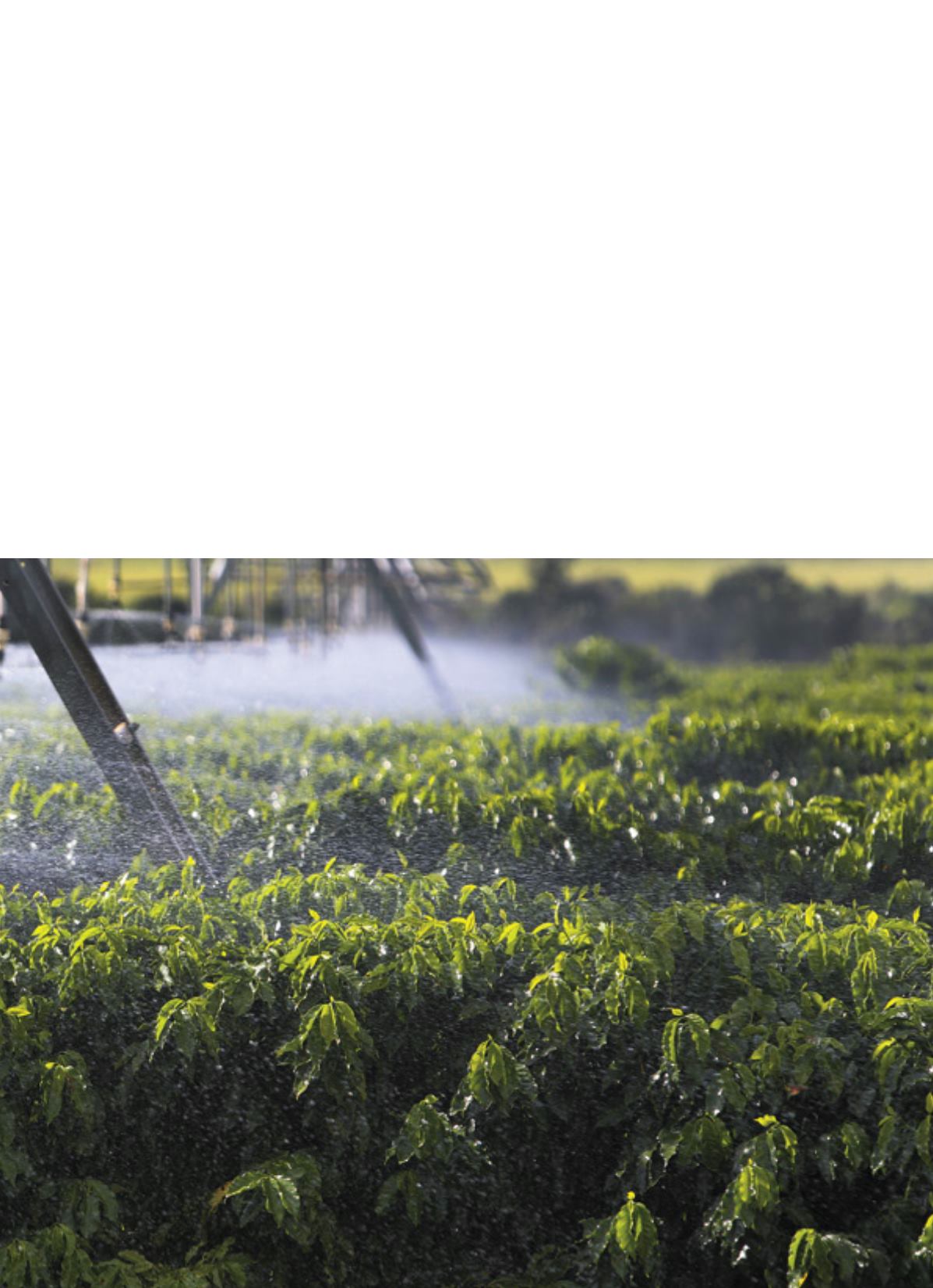
75
A solid basis
According to the official Aiba project, the general objective
of the study consists in usingmethodologies that allow for
reliable estimates about the physical behavior of both surface
and undergroundwaters. Othermatters to be determined
are the soil carbon stocks and the reloading rate of the
aquifer, in associationwith the use of the soil since 1990.
Several conservationmethods already in place throughout
the region are highlighted, like contention basins, contour
farming, direct planting, fire prevention and the preservation
of streamside forests, paths and streamsources.
Prodeagroassociations, has confidence in thesecurity that the
ambitious work is supposed to represent to the regional en-
trepreneurs, who will be able to take advantage of the entire
potential of all available water without affecting sustainabili-
ty. Upon introducing the project at the Secretariat of Environ-
ment (Sema) and at the Environmental and Water Resources
Institute (Inema), inMarch, he prized the “technical and scien-
tific study as the basis for a conscious debate on the subject”.
In turn, CarminhaMissio, fromtheLuís EduardoUnion, argued
she was sure that “the research, conducted by people who
have a deep grasp of the subject, will corroborateWestern Ba-
hia’s water potential and, therefore, lead to a good use of the
water, without causing any harmto the environment”.
José Cisino, director of Aiba’s irrigation department, rein-
forces and lends support to thegreat confidenceof the sector in
the outcome of the study, confirming existing evidence and al-
lowing for bigger irrigated areas in Western Bahia. According to
him, surface waters, at an exploration level, in places with con-
solidated structure and the use of the aquifer still on a limited
form, have reached the saturationpoint by the rules inplace up
to the moment, which lack a deeper andmore comprehensive
study. “Once this work has been implemented, we hope to im-
prove the present situation, because, based on the knowledge
wenowhave,thereismuchwaterinthisreservoirandthestudy
is supposed tocorroborate this reality”, Cisinocomments.
He mentions the intention of the Ministry of Agriculture,
Livestock and Food Supply (Mapa) of expanding the irrigat-
ed area in the Country, from just over 6 million hectares to
10 million hectares, where the share of Western Bahia reach-
es an expansion of 300 hundred thousand irrigated hectares,
once the availability of water has been confirmed. Now, the
irrigated cultivated area in the region amounts to about 140
thousand hectares, of major crops like cotton and corn, in-
cluding the leading crop, soybean, whilst the entire coffee
growing area in the region relies on irrigation.


